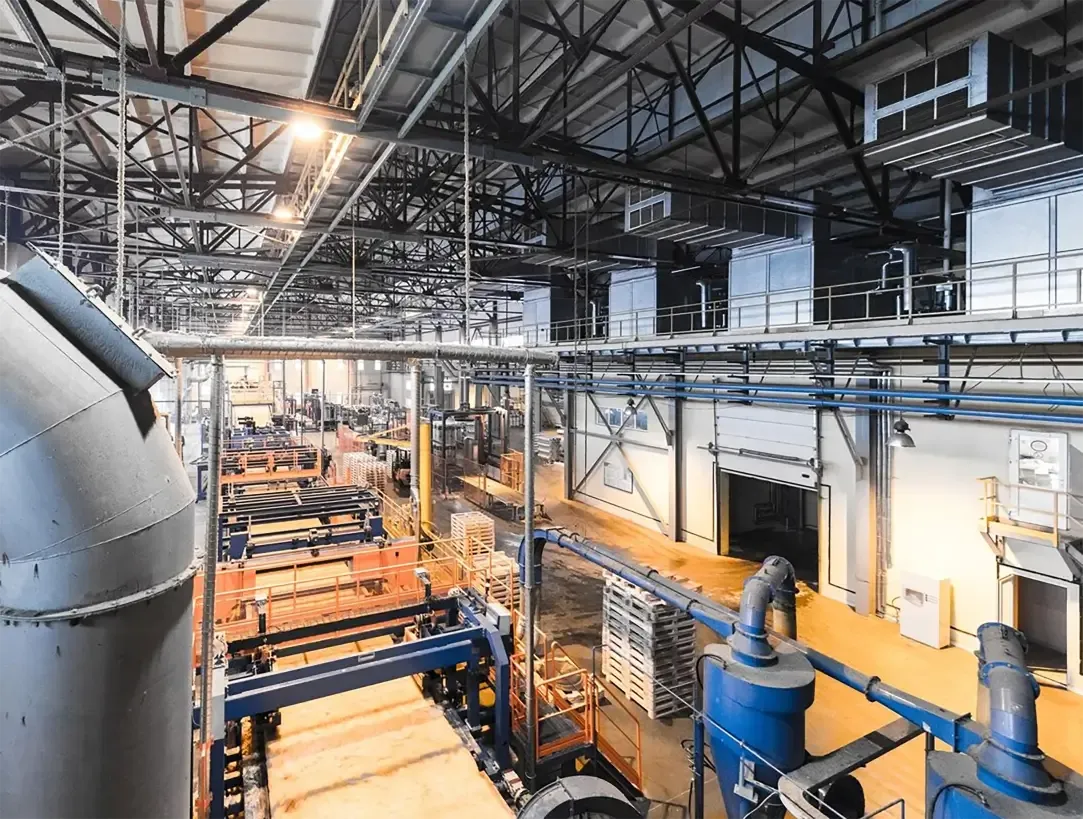Understanding Active Pharmaceutical Ingredients (APIs)
Active Pharmaceutical Ingredients (APIs) are essential components in the world of pharmaceuticals, serving as the biologically active part of a drug product. They are the substances responsible for the desired therapeutic effect of medications, playing a critical role in the treatment of various health conditions. This article will explore the significance, production, regulation, and challenges associated with APIs.
Definition and Importance of APIs
An active pharmaceutical ingredient is any substance that is intended to be used in the manufacture of a drug and becomes an active ingredient when the drug is finished. APIs can be derived from natural sources, such as plants and animals, or can be synthesized chemically in laboratories. Regardless of their source, APIs are crucial because they determine the pharmacological activity of the final medicinal product. For instance, in a pain-relief medication, the API is the chemical compound that alleviates pain.
The purity and bioavailability of APIs directly affect the efficacy and safety of the medication. Pharmaceutical companies invest heavily in research and development to identify the most effective APIs for treating various diseases, making them vital in the fight against illness and improving patients’ quality of life.
Production of APIs
The production process of APIs involves several stages including research and development, process optimization, and scale-up manufacturing. It begins with the discovery of potential drug candidates, where scientists employ a range of techniques to characterize their chemical properties and biological effects. Once a compound is identified, it undergoes further testing and optimization to ensure its safety and efficacy.
Manufacturing APIs can occur in different facilities dedicated API production plants or integrated facilities that also produce finished dosage forms. The production process often includes several techniques such as chemical synthesis, fermentation, and extraction. Due to the complexity of the production stages, APIs require stringent quality control measures to ensure consistent purity and performance.
Regulatory Framework
active pharmaceutical ingredient

APIs are governed by strict regulations imposed by health authorities worldwide to ensure their safety and efficacy before they can be used in pharmaceutical products. Agencies such as the U.S. Food and Drug Administration (FDA) and the European Medicines Agency (EMA) regulate API manufacturing, requiring companies to adhere to Good Manufacturing Practices (GMP).
GMP guidelines encompass every aspect of production, including the facilities, equipment, personnel, and documentation. Compliance with these regulations is critical, as any lapses can lead to serious health risks, product recalls, and significant financial losses. Manufacturers must conduct thorough testing and quality assessments throughout the production process to ensure that the API meets all necessary standards.
Challenges in API Development
Despite their importance, the development and production of APIs present several challenges. One major issue is the rising costs associated with research and development. The process of bringing a new API to market can take several years and requires substantial financial investment. Additionally, the complexity of modern drug therapies increasingly demands innovative APIs that can address multiple health issues, further straining R&D resources.
Another significant challenge is the global supply chain. Many APIs are sourced from various regions around the world, leading to potential vulnerabilities related to supply chain disruptions. Events like natural disasters, geopolitical tensions, or pandemics can jeopardize the availability of essential APIs, affecting the production of life-saving medications.
Moreover, there is a growing concern about the environmental impact of API production. The pharmaceutical industry is scrutinized for its role in pollution and waste generation, prompting companies to adopt more sustainable practices in their manufacturing processes. This includes utilizing greener technologies and reducing chemical waste, which can be both costly and technically demanding.
Conclusion
Active Pharmaceutical Ingredients are central to the success of the pharmaceutical industry, acting as the backbone of therapeutic drugs. The development, production, and regulation of APIs encompass a complex interplay of science, technology, and compliance that is fundamental to ensuring public health. As the pharmaceutical landscape continues to evolve, addressing the challenges associated with APIs will be crucial in safeguarding the integrity and availability of medications. With ongoing innovation and stricter regulations, the future of APIs holds promise for enhancing drug efficacy and patient safety, paving the way for better health outcomes globally.

